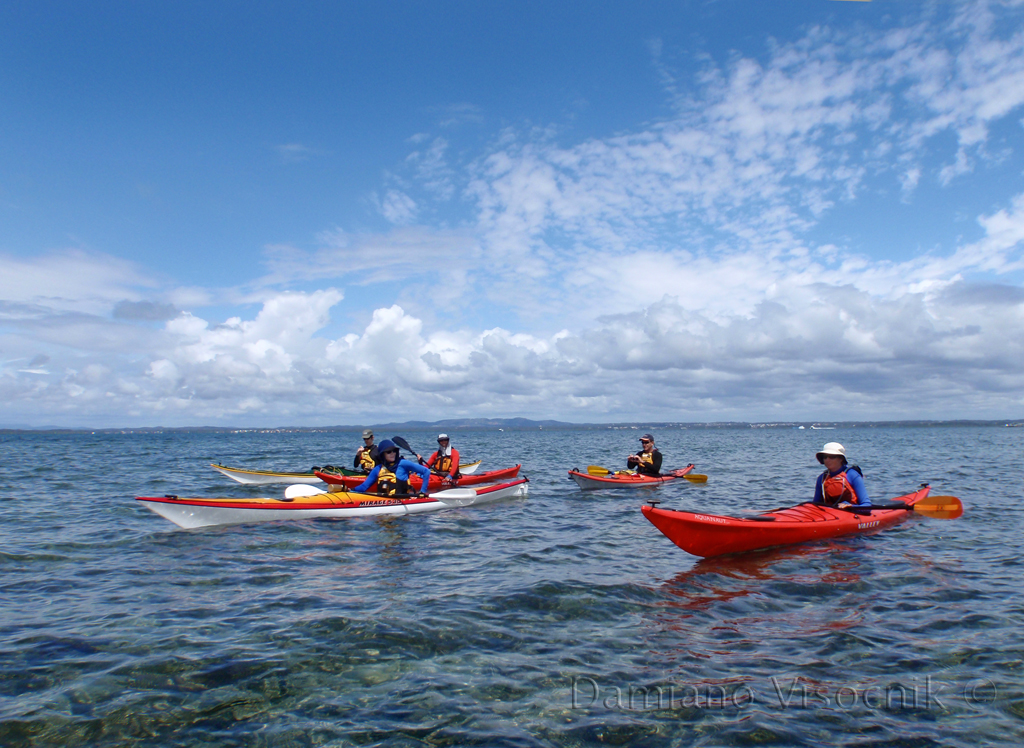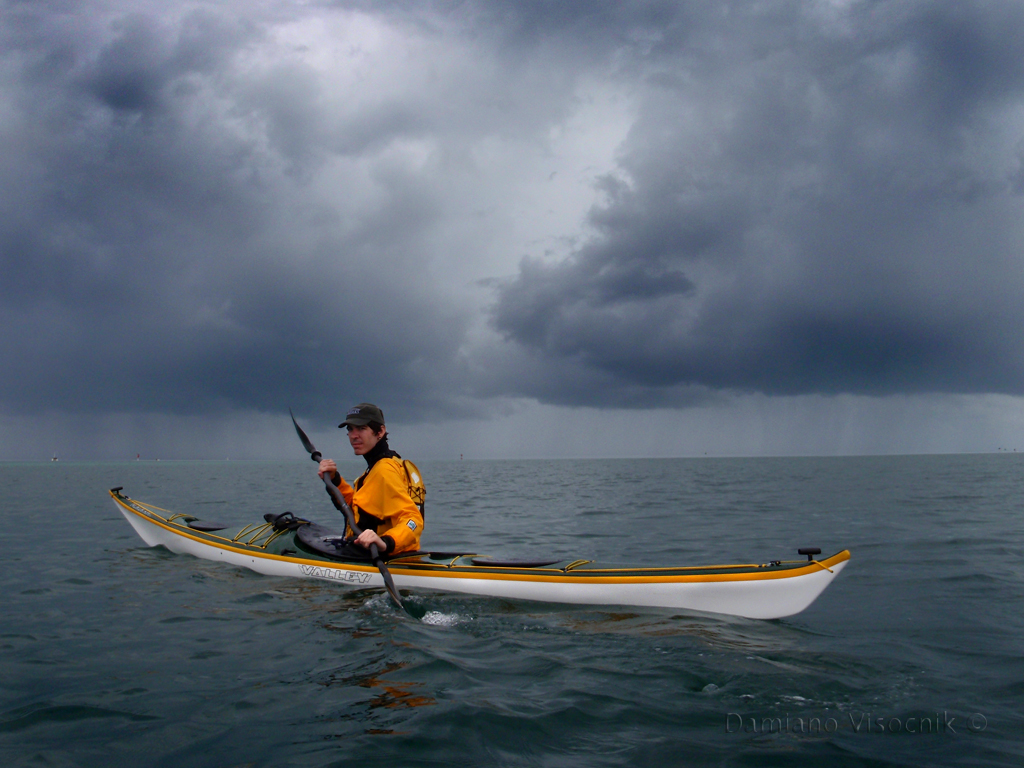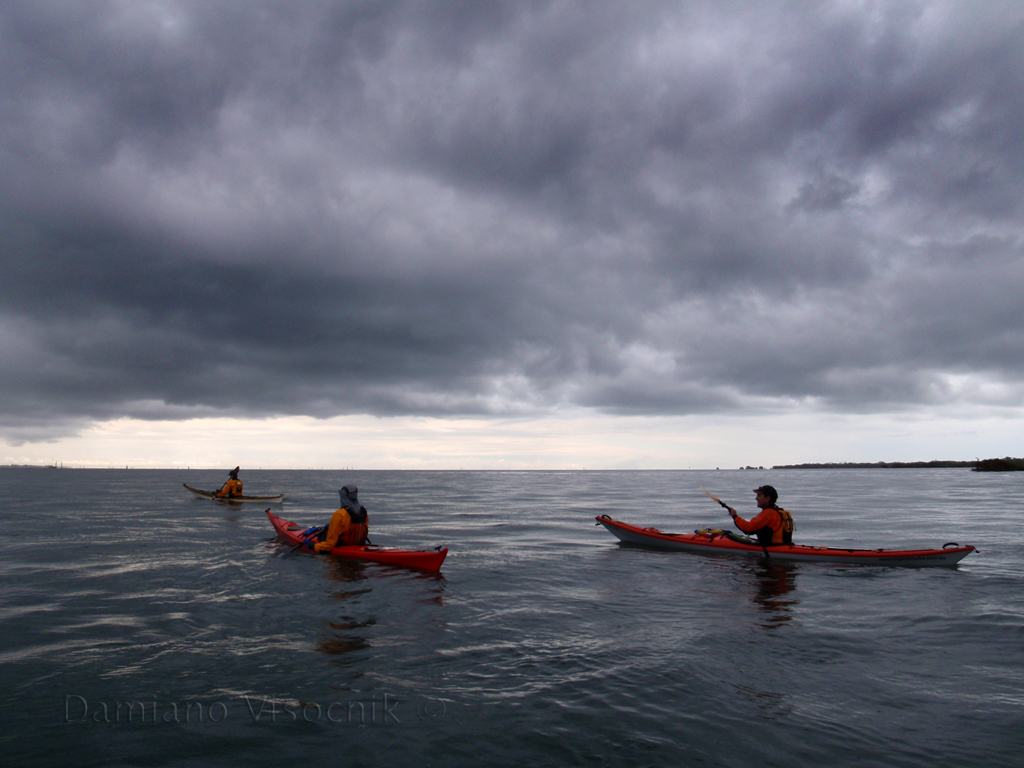In most kayaks there is enough room to position the pump behind the seat.
Recently I was installing a pump in an Impex Montauk where the bulkhead is very close to the seat.
This bulkhead minimizes cockpit volume and aids the empting of water in a T-rescue however complicates the installation of an electric bilge pump.
Measuring the distance between seat and bulkhead there was not enough room for the Rule 500 pump.
.jpg)
.jpg)
The bulkhead had to be modified and a recess created to accommodate the pump.
I made a half moon shaped fiberglass channel that would be used to recess the bulkhead.
I used double bias cloth, epoxy and a soda plastic bottle to create the piece.
I outlined the shape of the tube on the bulkhead and estimated the cut-out. The bulkhead is convex and curved; an exact outline was hard to guess so I undersized the cut-out.
.jpg)
I used a high speed drill with a small cut-off wheel to make easy work of cutting fiberglass. Wearing a respirator was essential since there was a lot of fiberglass dust created with cutting and shaping the hole.
.jpg)
.jpg)
I then tried to fit the tube against the cut-out and redefined the correct shape needed with a sanding wheel on my drill.
The base (return) of the bulkhead had to be removed from the hull to make a flush recess for the pump.
I had to be careful not to cut into the hull.
Once the tube had a good fit the area was cleaned off of silicon, grease and dirt with acetone. I used electrical tape to hold in place while I epoxyed it to the bulkhead with 1” fiberglass tape.
After leaving it cure overnight I removed the excess flange with the cut off wheel.
I filled any little gap with epoxy/microfiber slurry.
After leaving it cure overnight I removed the excess flange with the cut off wheel.
I filled any little gap with epoxy/microfiber slurry.
.jpg)
.jpg)
The recess was now ready to accept the pump.
Installation proceeded as per any other pump installed in this article.
.jpg)
Installation proceeded as per any other pump installed in this article.
.jpg)
The final install of the Rule 500 bilge pump shown with a loop in the outlet hose to prevent water from waves reentering the cockpit

.jpg)
.jpg)

.jpg)
.jpg)
.jpg)
.jpg)
.jpg)
.jpg)
.jpg)
.jpg)
.jpg)


.jpg)
.jpg)

.jpg)
.jpg)
.jpg)



.jpg)
.jpg)
.jpg)
.jpg)
.jpg)
.jpg)
.jpg)
.jpg)
.jpg)
.jpg)
.jpg)
.jpg)